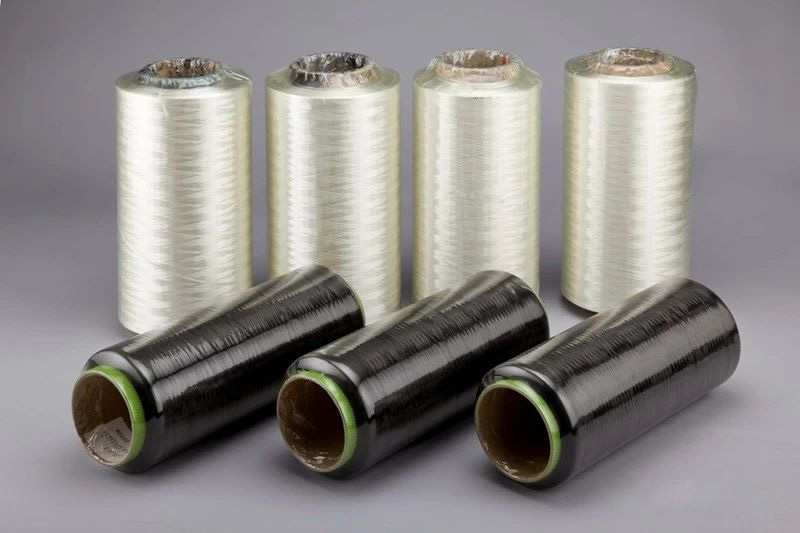Carbon Fiber Winding Composite Pressure Vessel is a thin-walled vessel consisting of a hermetically sealed liner and a high-strength fiber-wound layer, which is mainly formed by fiber winding and weaving process. Compared with traditional metal pressure vessels, the liner of composite pressure vessels serves as storage, sealing and chemical corrosion protection, and the composite layer is mainly used to bear the internal pressure load. Due to the high specific strength and good designability of composites, composite pressure vessels have not only greatly improved their load carrying capacity, but also significantly reduced the vessel mass compared to traditional metal pressure vessels.
The inner layer of the fiber-wound pressure vessel is mainly a liner structure, whose main function is to act as a sealing barrier to prevent the leakage of high-pressure gases or liquids stored inside, and at the same time to protect the outer fiber-wound layer. This layer will not be corroded by the internally stored material and the outer layer is a fiber-wound layer reinforced with a resin matrix, which is mainly used to withstand most of the pressure loads in the pressure vessel.
1. Structure of fiber-wound pressure vessels
There are four main structural forms of composite pressure vessels: cylindrical, spherical, annular and rectangular. A cylindrical vessel consists of a cylinder section and two heads. Metal pressure vessels are made into simple shapes with excess strength reserves in the axial direction. Spherical vessels have equal stresses in the warp and weft directions under internal pressure and are half the circumferential stress of cylindrical vessels. The strength of the metal material is equal in all directions, so the spherical container made of metal is designed for equal strength, and has the minimum mass when the volume and pressure are certain. Spherical container force state is the most ideal, the container wall can also be made the thinnest. However, due to the greater difficulty in manufacturing spherical containers, generally only used in spacecraft and other special occasions. Ring container in industrial production is very rare, but in some specific occasions or need this structure, for example, space vehicles in order to make full use of the limited space, will use this special structure. Rectangular container is mainly to meet when the space is limited, maximize the use of space and the use of structures, such as automotive rectangular tank cars, railroad tank cars, etc., such containers are generally low-pressure containers or atmospheric pressure containers and the quality requirements of the lighter the better.
The complexity of the structure of the composite pressure vessel itself, the sudden change of the thickness of the head and the head, the variable thickness and angle of the head, etc., bring a lot of difficulties to the design, analysis, calculation and molding. Sometimes, composite pressure vessels not only need to be wound at different angles and variable speed ratios in the head portion, but also need to adopt different winding methods according to different structures. At the same time, the influence of practical factors such as friction coefficient must be considered. Therefore, only a correct and reasonable structural design can correctly guide the winding production process of composite pressure vessels, so as to produce lightweight composite pressure vessel products that meet the design requirements.
2. Material of fiber-wound pressure vessel
As the main load-bearing part, the fiber winding layer must have high strength, high modulus, low density, thermal stability and good resin wettability, as well as good winding processability and uniform fiber bundle tightness. Commonly used reinforcing fibers for lightweight composite pressure vessels include carbon fibers, PBO fibers, aromatic polyamine fibers, and UHMWPE fibers.
Post time: Feb-11-2025







